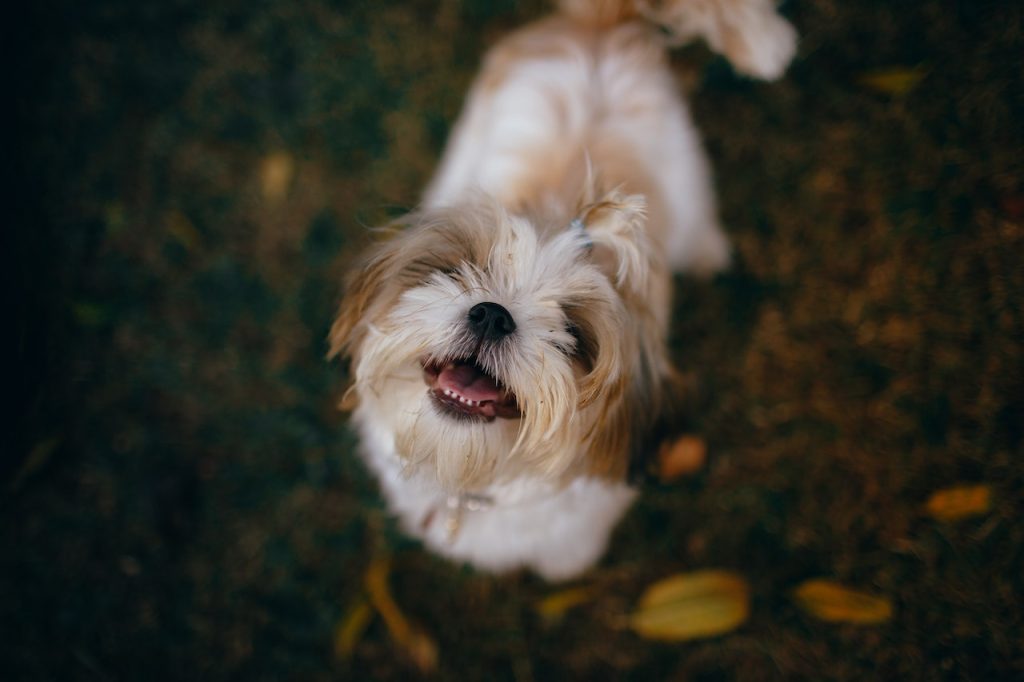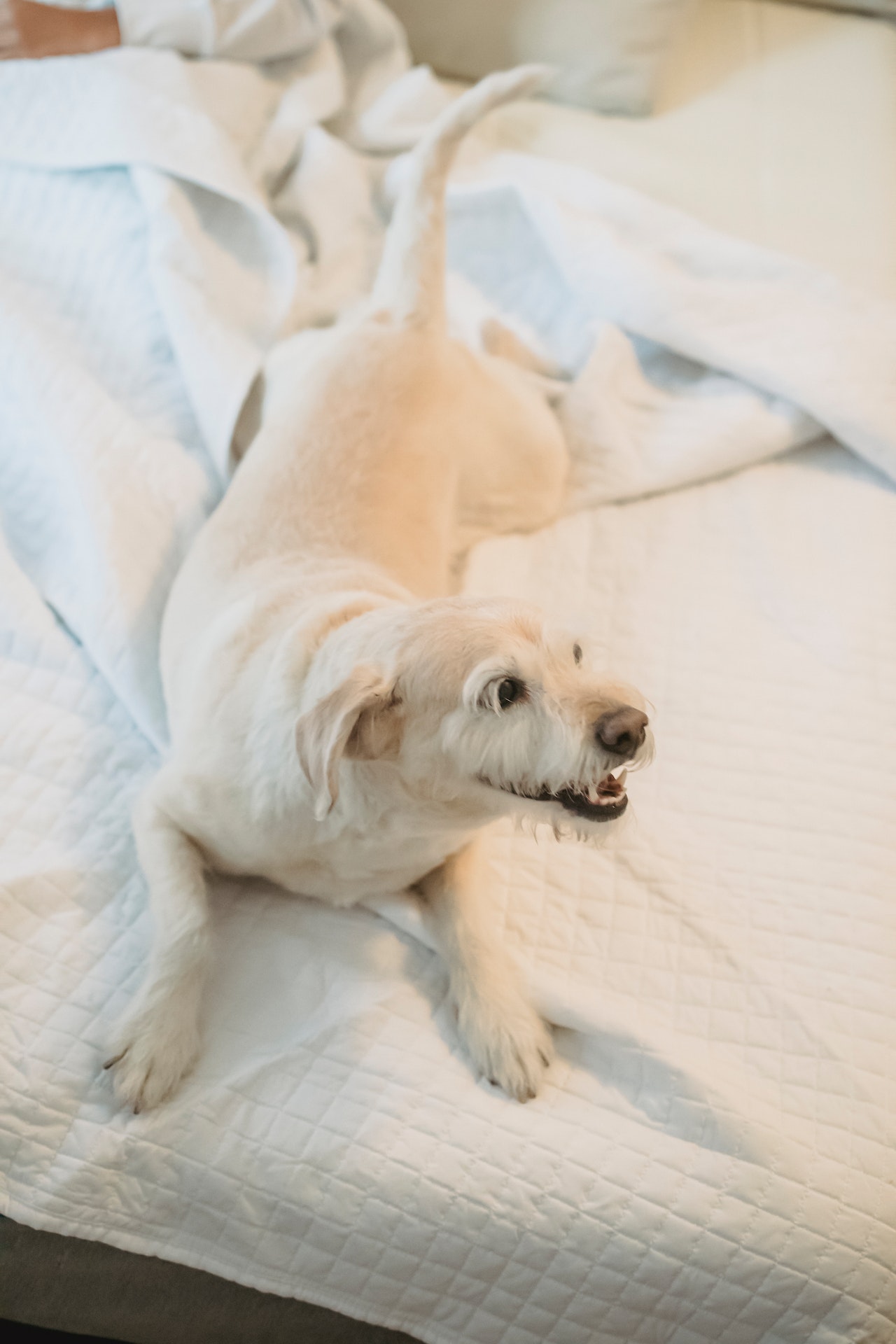Pets provide amazing companions, particularly in old age. Additionally, you should be wary of happy tail syndrome if you own a pet. It’s possible that “happy tail syndrome” isn’t what you think it is.
Happy tail syndrome refers to the condition in which a dog injures their tail by vigorously rubbing it against something. These wounds may leave blood splatters on the walls and even the ceiling. Happy tail syndrome is more common in large dogs because of their size and the force they can produce when triggered. Because short-haired dogs lack the cushioning that a fluff of fur provides, it is also more common in them. Some dogs wag their tails so vigorously that their behinds appear to be helicopter propellers.
Causes of a happy tail
A dog’s caudal vertebrae can have as few as five or as many as twenty bone segments. In some breeds, the skin covering the tail is thin. When it has short hair that is shorter than its body hair, it is more easily injured. The tail is similarly densely packed with blood arteries. These characteristics, when paired with the dog’s size and the intensity with which it can exhibit excitement, make the tail vulnerable to injury, especially when it comes into contact with sharp-edged surfaces such as wall corners or table edges.
When tail wagging causes injury, basic first aid can offer pain relief and protection against further harm.
How to deal with the too happy tail
- Examine the damage and protect the tail.
Assess the damage first. Only 2% of Americans have pet insurance, so the trip can be pricey for some accidents that are serious enough to require an emergency vet visit. If you are unable to see a veterinarian for any reason, you can speed up the healing process by wrapping the tail. If you feel uncomfortable wrapping the tail, this is a good excuse to visit the veterinarian. People administering first aid must be sure that they won’t become irritated by staring at the wound because these injuries commonly cause blood loss.
- Preparation for tail wrapping
Simple first aid skills will help the healing process, give protection while it heals, and keep surfaces clean. To wrap the tail, gather the following:
Ointment with antibiotics
First-aid gauze roll
Wad of cotton which is a Non-stick gauze pad
Tape for first aid with a measurement of about 1-inch wide
Scissors
Prepare and store tape strips in advance for use. It usually takes two sections that are eight inches long and six pieces that are four inches long. The gauze pad is attached with the help of another four-inch piece that has been cut in half along its length.
Clean the entire tail, not just the injured area, before you start. Rinse until all suds are gone in warm, soapy water.
Visit the vet
Make an appointment with your veterinarian or search online for one if you’re under lockdown. There might be broken bones, which would require attention. Sutures may be needed if the vet thinks the wound won’t heal on its own.
Your veterinarian might advise different solutions if a dog’s happy tail frequently results in wounds. It reduces or cushions harmful edges while also assisting in keeping the dog quiet. Another choice is to offer the dog more space in the rooms of the house where accidents happen.






